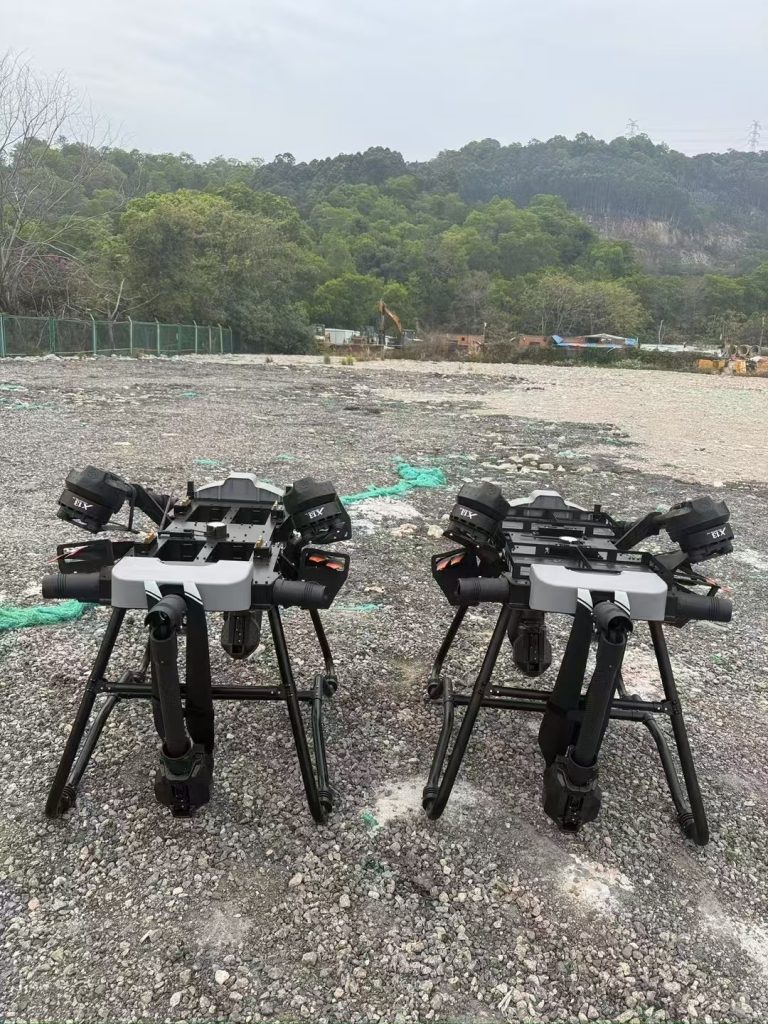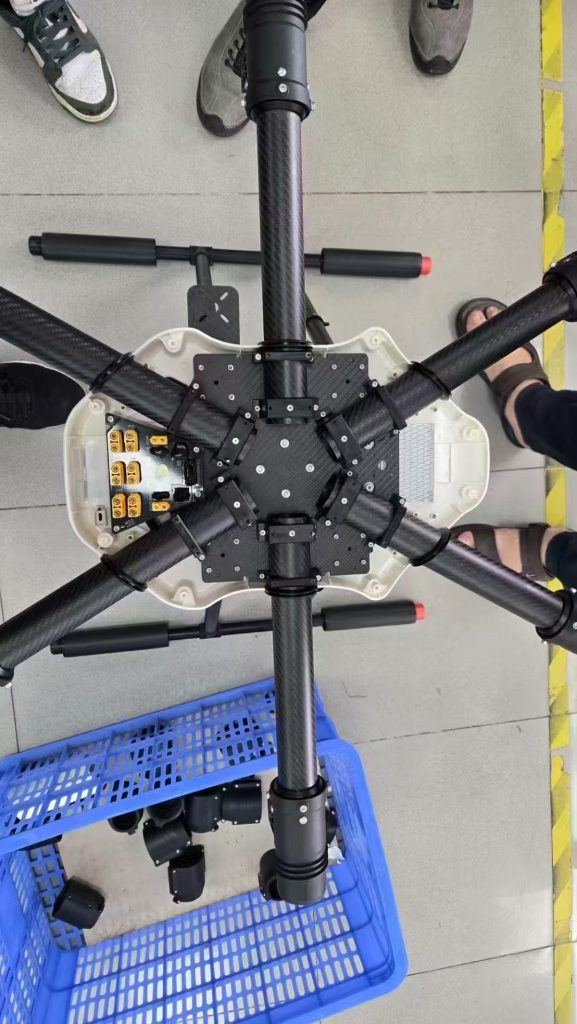
![图片[2]-How to Choose the Best Agricultural Drones for Your Farm: A Complete Buying Guide-msoen](https://www.msoen.com/wp-content/uploads/2025/05/5ae0139e82211402-577x1024.jpg)

As precision agriculture transforms farming practices worldwide, agricultural drones have become indispensable tools for boosting productivity, reducing labor costs, and promoting sustainable farming. For farmers and agribusinesses seeking to invest in high-performance drones, understanding key features, applications, and industry standards is critical. This guide explores everything you need to know about purchasing top-tier agricultural drones, with a focus on innovation, reliability, and cost-effectiveness.
Why Invest in Agricultural Drones?
The global shift toward smart farming has driven demand for drones that automate labor-intensive tasks while optimizing resource use. Agricultural drones are designed to:
- Enhance Efficiency: Cover large fields 5–10x faster than manual methods.
- Reduce Costs: Minimize chemical waste, fuel, and labor expenses.
- Improve Yields: Leverage real-time data for informed decision-making.
- Support Sustainability: Lower carbon footprints through precision applications.
For farms of all scales—smallholdings to industrial operations—drones are a transformative investment.
Key Features to Look for in Agricultural Drones
When selecting a drone, prioritize functionality, durability, and ease of use:
- Multispectral Imaging Sensors
Advanced sensors capture infrared, thermal, and RGB imagery to monitor crop health, detect pests, and assess soil moisture. Look for drones with adjustable resolution (e.g., 10–40 MP) and AI-driven analytics software for actionable insights. - Automated Spraying Systems
Opt for drones with high-precision nozzles, variable flow rates, and obstacle avoidance. The best models can map fields autonomously, apply chemicals with 5–10% accuracy, and integrate with GIS software for targeted operations. - Long Flight Time & Battery Life
Agricultural drones should operate continuously for 25–40 minutes per charge. Look for swappable battery systems or solar-compatible designs to maximize uptime during critical tasks like seeding or spraying. - Weather Resistance
Choose drones built with corrosion-resistant frames, IP67-rated protection, and anti-vibration gimbals to withstand rain, dust, and extreme temperatures. - Custom Payload Options
Scalable drones allow attachments like seed dispensers, LiDAR systems, or thermal cameras. Ensure compatibility with third-party tools for future expansion.
How to Choose the Right Agricultural Drone for Your Needs
Step 1: Assess Your Farm’s Requirements
- Crop Type: Rice, wheat, orchards, or vineyards demand different sensors and spray patterns.
- Field Size: Larger farms benefit from long-range drones, while small plots require compact models.
- Budget: Balance upfront costs with long-term savings in labor and resources. Step 2: Prioritize Safety & Compliance
Ensure the drone meets international certifications (e.g., FCC, CE) and complies with local regulations for pesticide application or airspace usage. Step 3: Evaluate Software Integration
Seamless integration with farm management platforms (e.g., FarmLogs, AgriWebb) streamlines data analysis and task scheduling. Step 4: Test After-Sales Support
Reliable technical support, warranty coverage, and training programs are essential for long-term ROI.
Top Applications of Agricultural Drones
- Crop Spraying
Replace manual sprayers with drones to apply pesticides/herbicides uniformly, reducing chemical use by up to 60%. - Soil & Crop Analysis
Generate 3D maps to identify irrigation needs, nutrient deficiencies, and yield potential. - Seed Planting
Direct-seed drones create precise furrows in reforestation or hard-to-reach areas, cutting planting time by 70%. - Livestock Monitoring
Use thermal drones to track livestock health, detect calving events, or prevent predator incursions.
The Future of Agricultural Drones
Emerging trends are reshaping smart farming:
- AI-Powered Autonomy: Self-optimizing drones that adjust flight paths based on real-time weather or crop data.
- Swarm Technology: Coordinated fleets of drones working together for large-scale seeding or disaster recovery.
- Blockchain Traceability: Securely document farming practices using drone-collected data for ethical certifications.
Why Choose Chinese Agricultural Drones?
Chinese manufacturers lead the industry by combining affordability with cutting-edge engineering. Key advantages include:
- Rapid Prototyping: Custom drones delivered in 4–8 weeks.
- Scalable Production: Bulk pricing for large orders without compromising quality.
- Sustainable Innovation: Energy-efficient batteries and recyclable materials align with eco-conscious farming goals.
Final Checklist Before Buying
✅ Confirm compatibility with existing farm equipment.
✅ Verify battery lifespan and charging infrastructure.
✅ Review software user interface for ease of data analysis.
✅ Request a demo to test flight stability and spray accuracy.
Conclusion
Investing in agricultural drones is no longer optional—it’s a strategic decision for farms aiming to thrive in the digital age. By prioritizing features like multispectral imaging, automated spraying, and robust software integration, you can unlock new levels of efficiency and sustainability.
Contact Us Today to explore tailored drone solutions for your farm. Let’s cultivate smarter, greener, and more profitable harvests together!
Meta Description: Discover how to select the best agricultural drones for your farm. Learn key features, applications, and industry trends to maximize efficiency and yield.
Keywords: Buy agricultural drones, farming drones for sale, precision agriculture equipment, crop-spraying drones, smart farming tools, sustainable agriculture technology.












暂无评论内容